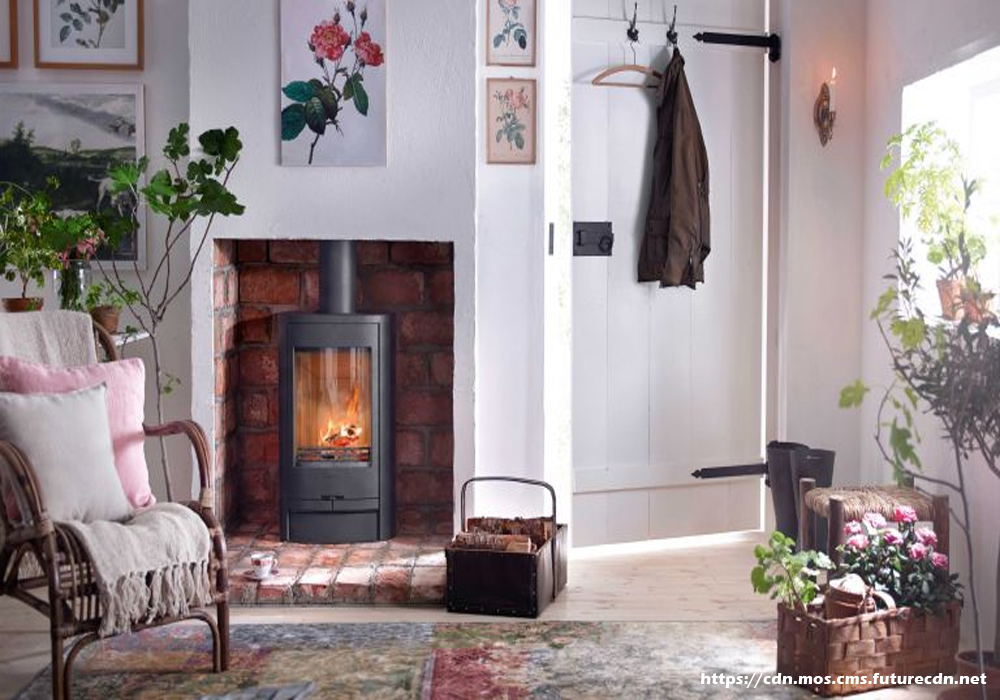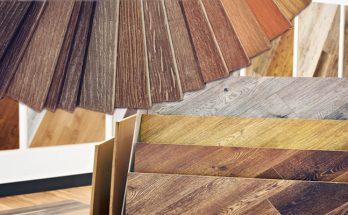 Heating is one of the most important functions of our home energy. This is why the biggest proportion of energy bills is allocated to our heating. Just like other things in our homes, our ways of using heat can be improved to be more efficient for our homes and especially our money.
Heating is one of the most important functions of our home energy. This is why the biggest proportion of energy bills is allocated to our heating. Just like other things in our homes, our ways of using heat can be improved to be more efficient for our homes and especially our money.
A major amount of things at home require quite a lot of funding to be made environmentally friendly and energy/money efficient – however, there is also a great number of things you can do to ensure the efficient use of your home energy that cost you absolutely nothing but a bit of time and patience. Why is it that our heating bills can be so much higher than, for example, our neighbors, even though our houses are roughly of the same size, and use the same amount of heat?
The answer to this is simple – bad insulation; unwanted heat escape. On the surface of things, it may seem that heating your home is nice and simple; that we turn on a switch and expect our home to be heated after a certain time. It escapes many of us that the amount of heat we actually need is usually much, much less than what we pay for, and this is normally due to 2 things: drafts (through cracks and holes) and poor insulation.
Let’s focus on each of these in a little more detail and look at how we can solve them. Research shows that cold air (drafts) coming into your home causes 20% of your heating to go to waste. From high-school physics, we know that heat travels from regions of higher temperature to regions of lower temperature – if your home’s walls have even the smallest of holes or cracks in them, you are automatically wasting heat and money without even knowing as the heat from your home will escape.
Another consequence of this is that your home will take longer to heat up, which can be problematic in the winter.
How do we fix cracks and holes in our homes? The first step is to go around and inspect your home. Wherever you suspect a hole or crack to be, simply moisten your hands with a little bit of water, and hover them over that area. If you feel a cool sensation, you have located a draft.
A good place to start is near the edges of windows, doors, and any other part that makes a barrier between the outside environment and the inside of your home. The next step is to eliminate the problem. If your drafts are coming from windows / doors, the best solution for this is the use of an energy-efficient product known as a draft excluder.
If your drafts are coming from your home’s flooring or roofing, you can infill them with fillers or sealants. There are many kinds of these, depending on where exactly you aim to use them. You can contact your local DIY store and they will certainly be able to help you with this.
The second way in which heat is wasted in our homes is through bad insulation. First of all let’s clarify what we mean when we say ‘insulation’. In this context, insulation is the name given to a material that absorbs heat and radiates it back into your home.
Before moving on to how you can improve your home’s insulation, I’d like to quickly point out one ‘obvious’ way you can keep heat in your home – and this is to close your windows and curtains after sunset. It may not appear to be anything significant, but it really is worth it and it does help.
Now we can talk about insulation in some more detail. Your home’s insulation is good if it absorbs and radiates maximum heat back into your home, while letting minimum heat pass through it to the outside environment. You can have experts come and analyze the quality of your home’s insulation, in your roofs, floors and walls, and they will let you know which type of insulation you should consider putting in your home. You can also research on the internet for the new types of insulation materials out there.
Lastly, it is worth telling you about some technical terms you might come across if you decide to do your own research about insulation materials. Make sure you keep an eye out for these two terms in particular:
R-Value. This is a measure (basically, a number value) of how much a material resists heat (keeps it stuck inside your home). A bigger R-value means that the insulation of the material is more effective – that’s what you want.
U-Value. This is a measure of how much heat is lost through a material in a given amount of time, and for a given surface area of the material. You’re looking for materials that have a low U-value.
Having more effective insulation in your home is something you should really take some time to look into. It may be expensive at the start, but the money it will save you in the long run makes it one of the best ways of saving money with efficient energy use at home.




